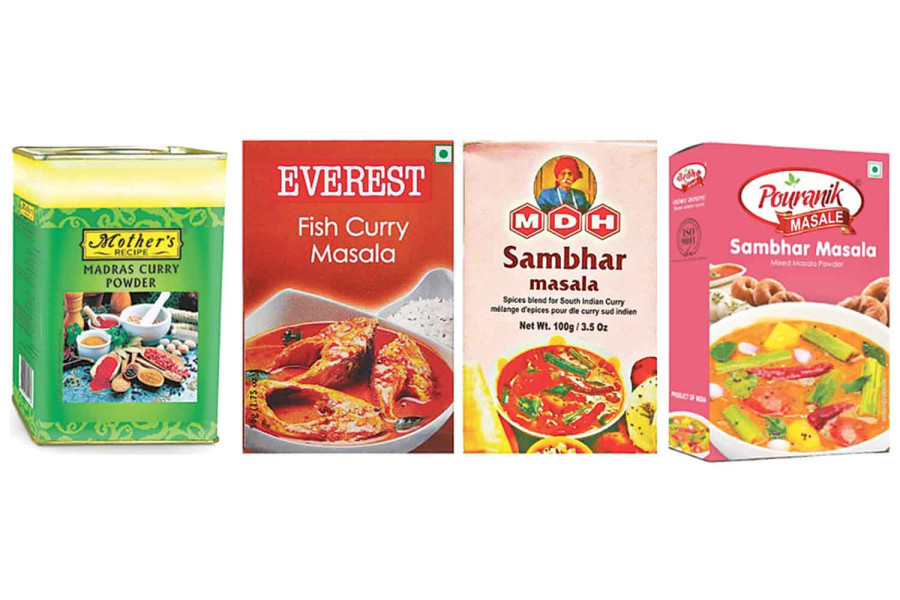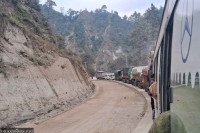Editorial
Spice for thought
Food security is not just about having enough to eat, it is as much about making sure what people eat is safe.
In a breathtaking display of callousness to public health, two weeks into a ban on Indian spice brands Everest and MDH, their products continue to be available in the market, including on various online stores. According to officials at the Department of Food Technology and Quality Control, the public need not panic as the problematic batches of these products have been pulled from the market and their import stopped. Yet anecdotal evidence suggests that most stores never stopped selling these spice brands. Another of the department’s laughable excuses for its failure to examine the collected spice samples is that it lacks necessary chemicals to test for traces of ethylene oxide, which is directly linked to multiple forms of cancer. It was because of the reported presence of this chemical in the products of the two brands—as discovered in food labs in Singapore and Hong Kong—that they had to be banned in Nepal. Because of poor demand following the ban, importers say, very little of these spices is entering Nepal. Yet, here again, there is no evidence to prove that claim.
This episode of tainted spices raises some troubling questions. If the country does not have basic chemicals to test for such dangerous substances in food products, how can we be sure that similar products from domestic manufacturers are not poisonous? It’s common knowledge that most tests on food products available in Nepali markets are carried out during the festive time of Dashain and Tihar. Otherwise, at other times, we seldom hear of such tests. This suggests that even the few tests undertaken are for show, and there is no long-term state commitment to ensuring public health. Many urban centres of Nepal are now witnessing dangerous levels of air pollution. Water is scarce in much of the country. Most of the food we consume, from pesticide-laden fruits and vegetables to carcinogen-containing spices, will only worsen our health.
Even in general, those with lesser means suffer more adverse health outcomes. Health and food products from around the world are now readily available in our supermarkets. Those with the means can access the more expensive and safer food products while the rest have to rely on the cheapest and often the most tainted food products. Couple this with the ever-increasing healthcare costs in Nepal, and you get a stark difference in the health outcomes between the rich and the poor. One American study found that the greater one’s income, the lower one’s likelihood of disease and premature death, and “Americans at all income levels are less healthy than those with incomes higher than their own.” Another study showed that low income is associated with a poor quality dietary intake. Similar dynamics have been observed wherever such studies have been carried out. A country that cannot ensure a minimum level of standard on the food the masses rely on cannot be called an equitable state. Food security is not just about ensuring people have enough to eat, it is as much about making sure what they eat is safe.




 17.49°C Kathmandu
17.49°C Kathmandu














